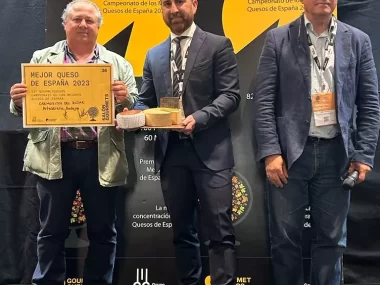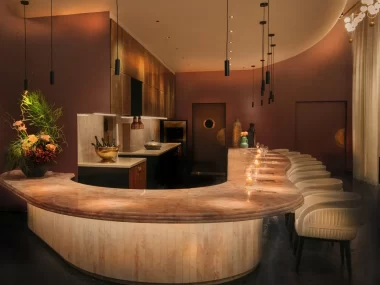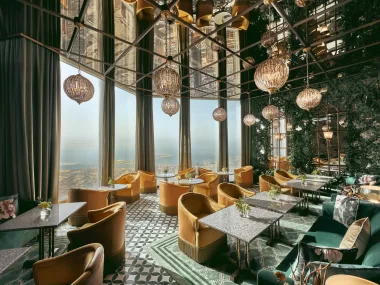I recently had lunch with Elizabeth Horcher, fourth generation of the family in the legendary Madrid establishment on Calle Alfonso XII to finish my article on one of the temples of Madrid’s gastronomy.
I remember when I turned 18, my father told me that he was inviting me to a one-on-one dinner at Horcher, one of his favourite restaurants. I have wonderful memories of that dinner where I was welcomed into the world of adults and where we toasted with Krug, one of his favourite champagnes.
The Horcher story is magnificently told in the book written by Elizabeth with the collaboration of María Ángeles López de Celis entitled Los Horcher (La Esfera de los Libros) and which I highly recommend. The Horcher restaurants, from the first one in Berlin opened in 1904, are part of the history of 20th century Europe and I discovered them during my research for my novel The Toucan Lodge published in English in 2009 and available on Amazon.
Otto Horcher opened Horcher Madrid on 18 November 1943 after having closed his restaurant in Berlin, aware that Nazi Germany was doomed to disaster, as fortunately it was. Madrid was a post-war city, impoverished and subjected to all kinds of rationing, but despite all the difficulties, from the very first day it was well received by a cosmopolitan public capable of appreciating a gastronomy with German reminiscences, which with the passing of time became more Spanish.
Throughout World War II, Spain had been a nest of German, French, American, British, and Italian spies and counterspies, and it was to this Madrid that my father Rodney arrived to work for MI6 and Aline Griffith, an agent of the American OSS. Aline, a regular customer of Horcher’s, became Countess of Quintanilla after her marriage to Luis Figueroa. In those years until the end of the war in 1945, it was not they but the German agents who enjoyed the maximum advantages with the approval of Franco’s government which, although it declared itself neutral in the conflict, had members of it who actively promoted a rapprochement with Hitler and Mussolini. It is fascinating to learn, as Elizabeth Horcher recounts in her book, that in 1945 the beautiful Hilda Rosenthal began working in the restaurant to greet customers and escort them to the table. An agent of the British intelligence service MI6, her mission was to detect among them the most wanted Nazis who used Madrid as a stepping stone before continuing to a safe exile in Latin America.
The most important people in the country have passed through its tables and it has been an exceptional witness to the journey from the post-war period to the 21st century. The Horchers, who have always been committed to classic restaurants, have managed to remain at the forefront of culinary excellence for more than a century. The restaurant has remained unchanged, as the bastion of history that it has always been and still is today. The family’s determination to maintain its gastronomic hallmarks unchanged over time is an inexplicable miracle that has resulted in the reality of the Horcher of the 21st century.
Passing through the doors of Horcher is a journey through the tunnel of time. We are introduced fully into history, through an atmosphere of legend that oozes classicism and tradition, while tasting an exceptional cuisine that, because of its high level, is above fashion and timeless. Linen tablecloths, vintage crockery and glassware, silver cutlery and all the ingredients of a regal setting make lunch or dinner at Horcher an experience for the senses… With Elizabeth at the helm since 2010, the business is thriving, combining tradition and the avant-garde. It faces new challenges and maintains the splendour of the best Horcher. It is no simple task to keep the flame of tradition burning and simultaneously modernise a business that cannot lose its essence but must innovate a cuisine that is a gastronomic myth. Elizabeth is more than succeeding and I know that a fifth generation will be at the helm of this restaurant, that is so closely linked to the history of Madrid.


















